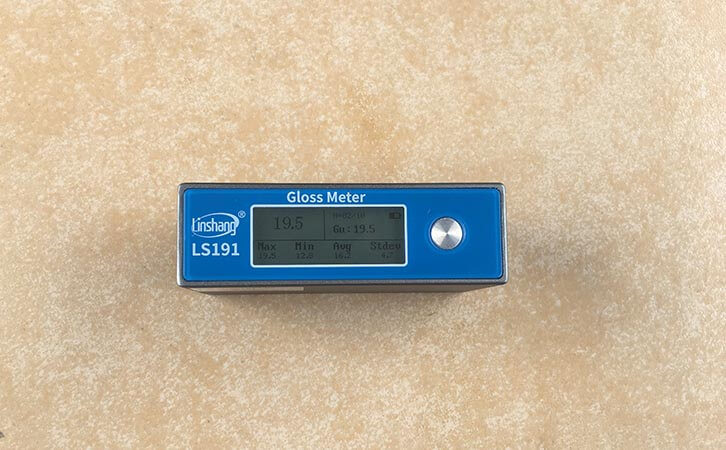Differences and Features of Polished Tiles and Glazed Tiles
1. Polished tiles
After mechanical grinding and polishing, the surface of the ceramic tile has a mirror surface gloss. Now commonly known as vitrified tile is also a type of polished tile, it is all-ceramic polished tile, vitrified means burned tiles!
The characteristics of polished tiles:
● Low water absorption
● Good wear resistance
● High flexural strength and hardness
● With good re-processing performance, can be arbitrarily cut, polished, chamfered, etc.
● Application: Used for home wall floors, hotels, office space building exterior walls and other places.
2. Glazed tiles
Glazed tile is divided into two categories: one is fired with clay and it must be fired because of its high water absorption, so it should be called a tile. This kind of tile has low strength and is rarely used now. Another is fired with porcelain clay. In order to pursue the decorative effect, the glaze is also burned. This kind of ceramic tile has a dense structure, high strength, low water absorption and strong stain resistance. The price is slightly higher than that of ceramic fired tiles. Glazed tiles made of porcelain clay are currently widely used for home decoration. 80% of buyers use this type of tile as a floor decoration material. The trick to distinguish between these two types of tiles is simple: the back of the clay-fired tiles is red and the back of the porcelain-fired tiles is white. Among ceramic tiles fired from clay, wall tiles made in Spain are currently popular in Beijing because of their unique decorative effects, but the price of this type of tile is relatively high and it is generally used for mid-to-high-end home decoration. :
It consists of two parts: the base of the tile and the glaze layer on the surface. According to the reflection of light, it can be divided into two types: bright and matte.
Features of glazed tiles:
● Mainly have richer changes in texture and color. There is plenty of room for personalization.
● Superior anti-fouling performance. Glaze is a very dense substance.
● Application: It is mainly used for the wall and floor of the kitchen and bathroom. Glazed antique tiles are also widely used on the ground.
3. The surface gloss of polished and glazed tiles
For the gloss detection of the polished and glazed tiles, Linshang gloss metre LS191. The operation is simple and specific as follows:
The LS191 gloss metre has only one power button. Press the power button and the instrument will make self-calibration. Press YES to perform the calibration. Generally, the error is not recommended for calibration. After entering the test interface, the real-time value, current recorded value, maximum value, minimum value, average value, standard deviation and number of tests and statistics can be displayed. After the test, close the LS191 gloss metre to the base of the standard board. The instrument will automatically shut down after 15 seconds.
4. Measurement of smart gloss metre LS191
(1) There is no need to press the button during the test. The LS191 gloss metre can be placed on the material to display the test data. Press the power button to record the current test data and automatically calculate the maximum, minimum, average, and standard deviation values.
(2) The LS191 gloss metre use universal 60 ° angle, it can be widely used for the gloss detection of coatings, inks, baking varnishes, ceramics, stone, bamboo and wood products, polished tiles, glazed tiles, building materials, film paper, car maintenance, metal and other fields.
- How to use acrylic light transmittance tester?
- How to Improve the Gloss of Stone?
- Gloss Improvement of Splicing Board and Detection Method
- Application of Gloss Meter in Packaging Industry
- Things About Ceramic Gloss You Need to Know! | Gloss Tester
- Factors Affecting UV Ink Curing and Selection of UV Energy Meter
